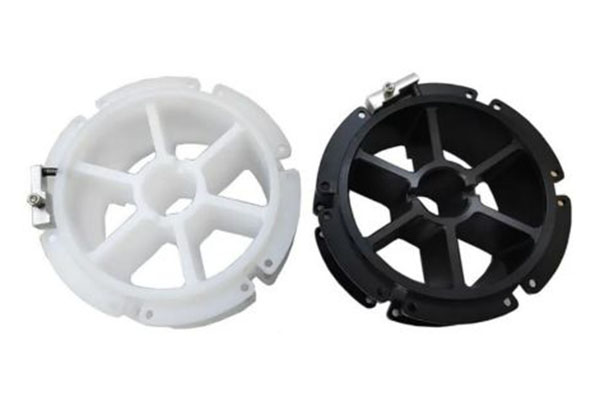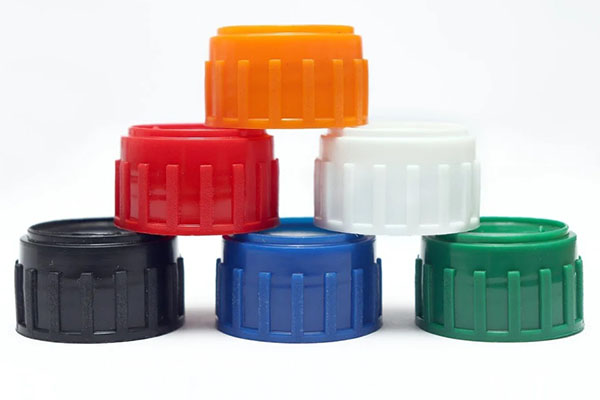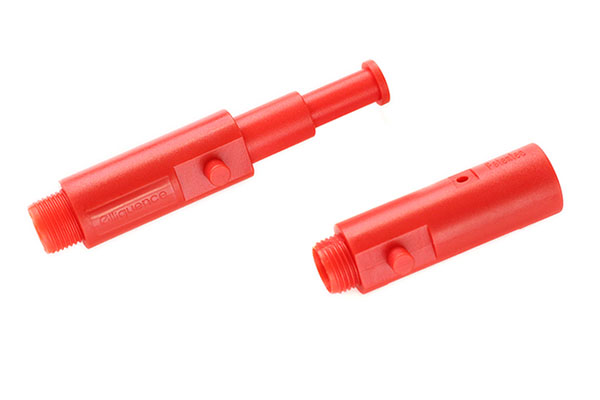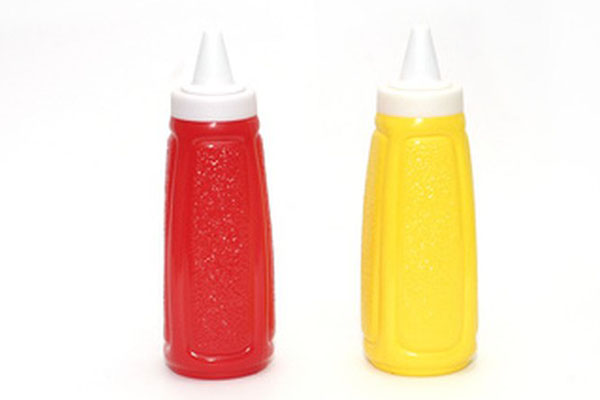Ldpe Plastic Parts Materials
let's dive into the world of plastic parts. there's a process called LDPE injection molding. It's all about taking that low-density polyethylene (LDPE) material, heating it up until it's nice and melted, and then shooting it into a mold under high pressure to create solid pieces in the shape we want. LDPE is a type of plastic that's cheap, flexible, and resistant to chemicals, which makes it perfect for lots of different jobs across various industries.
Here's how it usually goes down: First, you heat up the LDPE until it's all melty. Then, using a machine with a screw or a plunger, you force the melted plastic into a mold. The mold cools down, opens up, and out pops your finished part. Sometimes, these parts need a bit of extra work after they come out, like trimming off excess material, drilling holes, or giving them a special surface finish to meet the exact standards needed.
You might be wondering what kinds of things are made with LDPE injection molding. Well, it's used to make all sorts of stuff, from containers and lids to toys and even parts of cars. This method is super popular because it's fast, consistent, and can create really intricate designs and thin walls.
So, next time you grab a plastic container or spot a part on a car, remember it could very well have been made using LDPE injection molding. It's not just about the tech; it's also about turning raw materials into something useful and sometimes pretty amazing!
Ldpe Plastic Parts Making Service
Be good at product structure optimization and greatly reduce the cost of Plastic Parts Materials

Part Design
Appearance and structural design

Mold Making
Design, DFM confirmation

Product Production
Imported, high-speed equipment

Product Assembly
Incoming materials, inspection and assembly
An Overview of LDPE Plastic Parts Materials
Low-density polyethylene (LDPE) is a type of plastic that's super flexible, tough, and resistant to chemicals. It's used in lots of different fields like packaging, cars, electronics, and construction because it's so versatile.
Properties of LDPE Plastic Parts
Here are some key features of LDPE plastic parts:
- Flexibility: They can bend without breaking, making them perfect for things that need to move or flex.
- Toughness: These parts can handle a lot of wear and tear, which is great for items that need to be strong.
- Chemical Resistance: They don't get damaged easily by chemicals, which means they last longer when exposed to harsh substances.
- Lightweight: They're light, which is ideal for products that shouldn't be too heavy.
Benefits of Using LDPE Plastic Parts
There are several reasons why people choose LDPE plastic parts:
- Cost-Effective: It's cheaper than many other types of plastic, making it a good option when you're watching your budget.
- Easy to Produce: LDPE plastic parts are simple to make, which speeds up the manufacturing process.
- Recyclable: You can recycle these parts to create new products, helping to reduce waste and save resources.
Where LDPE Plastic Parts Are Used
You'll find LDPE plastic parts in a variety of places:
- Packaging: They're often used for food containers, drink bottles, and plastic bags because they're safe and durable.
- Automotive Industry: In cars, LDPE helps make lighter parts, which can improve fuel efficiency.
- Electrical Applications: LDPE is used to make protective coverings for wires and cables.
- Construction: It's also used in building materials like pipes and insulation because it's both strong and lightweight.
In short, LDPE plastic parts are popular because they're flexible, tough, chemical-resistant, and easy to work with. Plus, they're recyclable, which is good for the environment. With all these advantages, it's no wonder they're widely used across many industries.